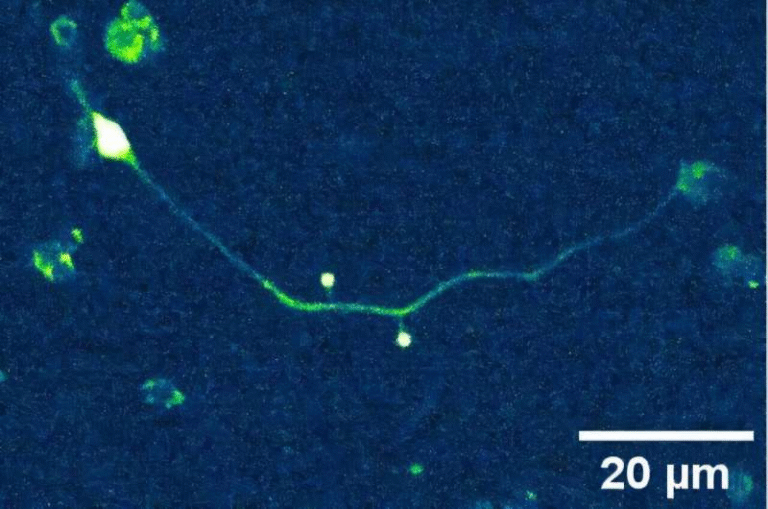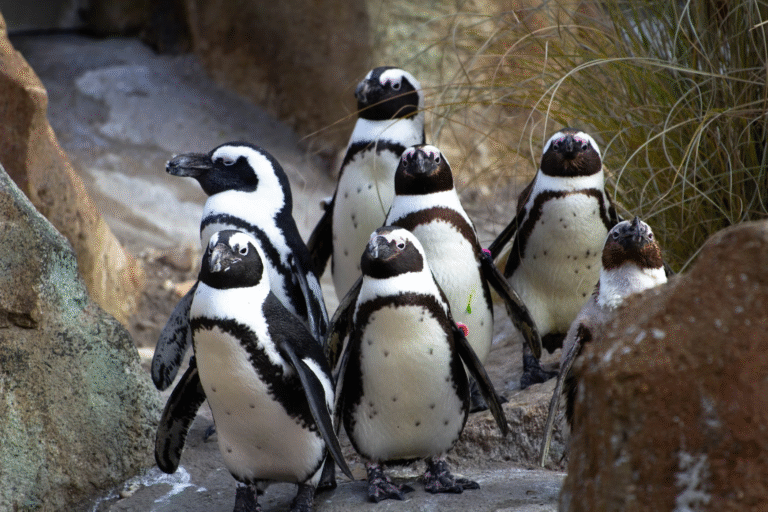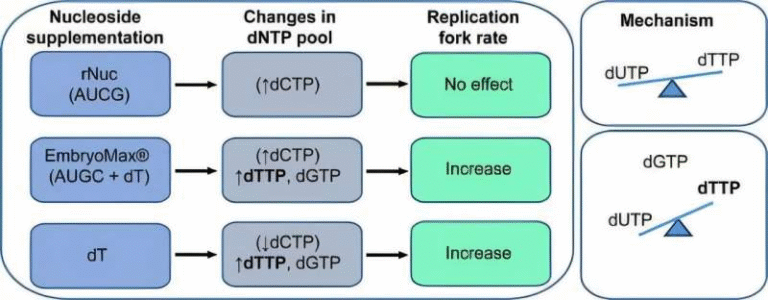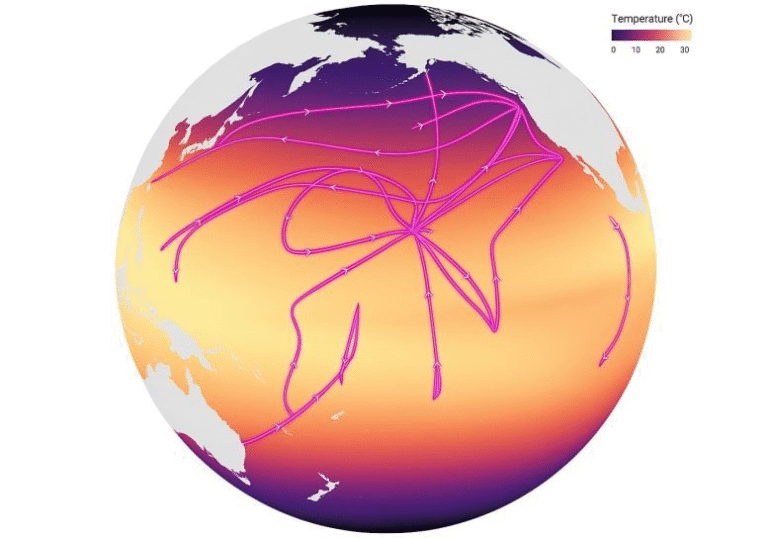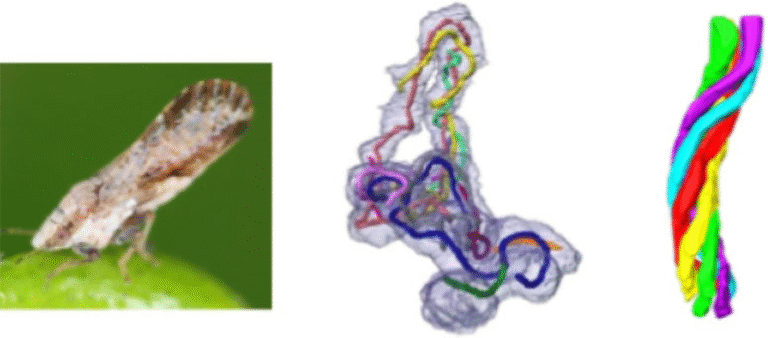Scientists Edge Closer to Cracking the Mystery of Y-Larvae
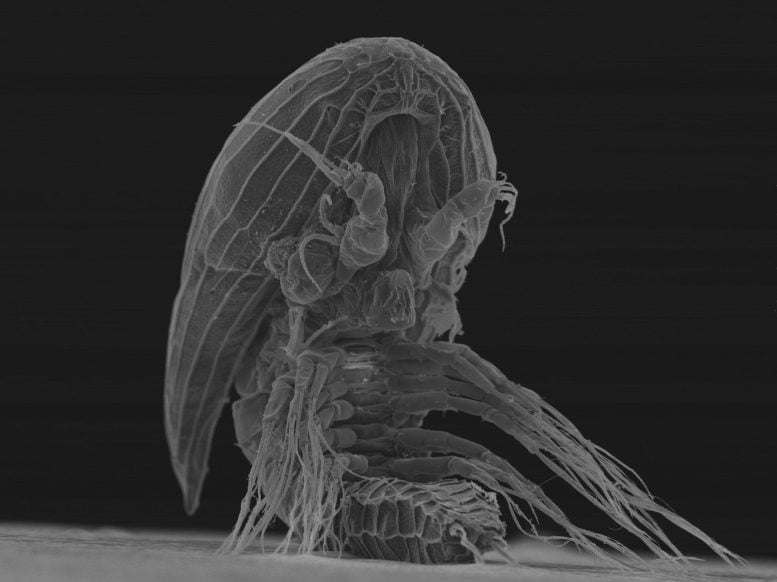
If you’ve ever spotted barnacles clinging stubbornly to boats, docks, or even whales, you might think you already know what these crustaceans are all about. But here’s the twist: not all barnacles are simple drifters hitching a ride. Some take a darker route — they sneak inside their hosts, grow like a root system, and essentially take over another creature’s body.
And within this strange world lies one of the ocean’s biggest puzzles: the y-larvae, also known as Facetotecta.
These tiny crustaceans have baffled scientists for over a century. Found in plankton samples since the 1800s, they look like juvenile barnacles, but nobody has ever seen what they grow into as adults. Until recently, that question had been one of marine biology’s greatest mysteries.
The Mystery of the Y-Larvae
Researchers from Denmark, Taiwan, Russia, and the U.S. recently pooled their efforts to dig into this enigma. They collected more than 3,000 y-larvae and used cutting-edge genetic tools to figure out where they belong in the crustacean family tree.
The result?
We now know that y-larvae are indeed related to barnacles, but they’re not especially close to any of the known parasitic species. Instead, they seem to be distant cousins — still connected, but off on their own evolutionary branch.
Yet their biology hints at something even more intriguing: they are likely parasitic. Y-larvae have clawed antennae that suggest they use them to latch onto a host, much like other parasitic barnacles.
A Hidden Life Inside Hosts
One of the most convincing clues comes from experiments exposing y-larvae to crustacean molting hormones. Under these conditions, they transform from their swimming larval stage into a slug-like form — a process strikingly similar to how parasitic barnacles prepare to enter a host.

So why haven’t scientists found an adult y-larva yet? The best guess is that they spend their grown-up lives hidden inside another animal’s body, which would explain why they’ve remained so elusive. Some parasitic barnacles are known to hijack crabs, even manipulating their bodies and behavior. It’s possible that y-larvae could play a similar ecological role, quietly shaping marine ecosystems in ways we don’t yet understand.
A Surprising Diversity
For a group that’s barely understood, y-larvae may actually be more widespread than expected.
Though only 17 species have been formally described, researchers found over 100 different types in a single Japanese harbor. This suggests that these mysterious creatures could be far more diverse — and more important — than anyone imagined.
Barnacles: Masters of Adaptation
Barnacles in general are evolutionary innovators. Some stick harmlessly to rocks or whales, while others develop bizarre survival tactics like living inside their hosts. This adaptability has allowed barnacles to flourish for hundreds of millions of years, producing thousands of species with wildly different lifestyles.
The study of y-larvae could help scientists understand not only barnacle evolution, but also the broader question of how animals evolve such unusual ways of living. The fact that parasitism appears to have evolved multiple times in barnacles highlights just how inventive nature can be.
Why Humans Should Care
Strange as it may sound, learning about barnacles isn’t just a quirky scientific pursuit. Their unique solutions to life’s challenges could inspire human technologies.
For example, barnacle glue — which allows them to stick to wet surfaces — is already sparking interest for use in industries like dentistry or underwater construction. The U.S. Navy alone spends millions battling barnacle buildup on ships. Unlocking how these creatures glue themselves so effectively might save resources and create powerful new adhesives.
The Road Ahead
The mystery isn’t completely solved. We still don’t know exactly what hosts y-larvae inhabit, or what role they play in marine ecosystems. But with every new discovery, scientists are peeling back layers of a story that’s been hidden beneath the waves for over a century.
For now, the y-larvae remain an ocean riddle — tiny, elusive, and oddly powerful. They remind us that the seas are still full of secrets waiting to be uncovered.
Source: “Phylogenomics of enigmatic crustacean y-larvae reveals multiple origins of parasitism in barnacles” by Niklas Dreyer, James P. Bernot, Jørgen Olesen, Gregory A. Kolbasov, Jens Thorvald Høeg, Ryuji J. Machida and Benny K.K. Chan, 21 July 2025, Current Biology.
DOI: 10.1016/j.cub.2025.06.007
